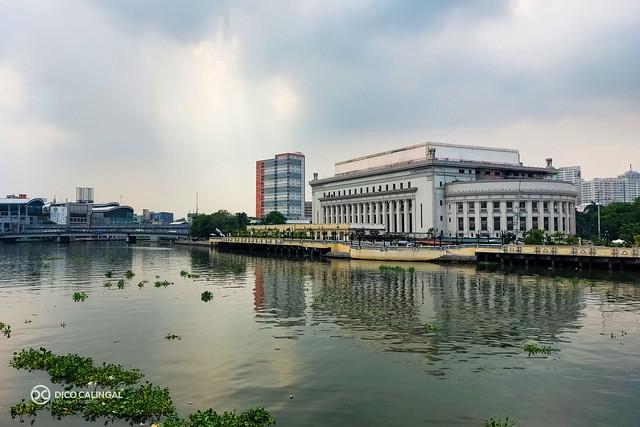



Ermita
Overview
Historical Significance
Ermita is a vibrant district located in the heart of Metro Manila, Philippines, steeped in rich history and culture. This area has been a prominent part of Filipino heritage since the Spanish colonial era, serving as one of the earliest settlements in Manila. The name "Ermita" is derived from the Spanish word for "hermitage," reflecting the presence of the Nuestra Señora de Guia Church, a historic structure that dates back to the 16th century. As you wander through its streets, the echoes of history can be felt, with colonial-era architecture blending seamlessly with modern developments. The district played a crucial role during significant events in Philippine history, including the struggle for independence and the fight against colonial rule.
Cultural Hub
Ermita is not just a historical district; it is also a cultural melting pot. The area is home to various museums, galleries, and cultural centers that showcase the artistic talents of Filipinos. Notable among them is the National Museum Complex, which houses the National Museum of Fine Arts, the National Museum of Anthropology, and the National Museum of Natural History. These institutions offer a glimpse into the diverse heritage of the Philippines, featuring artifacts, artworks, and exhibits that celebrate the nation's history and biodiversity. The vibrant arts scene is complemented by street performances and local festivals that bring the community together, reflecting the Filipino spirit of hospitality and warmth.
Atmosphere and Local Characteristics
The atmosphere in Ermita is a unique blend of bustling urban life and serene cultural spaces. As you stroll along the streets, you will encounter a mix of local vendors selling traditional Filipino snacks, charming cafés, and lively bars that come alive at night. The area is also known for Malate Beach, where you can enjoy scenic views of Manila Bay, especially during sunset when the sky is painted with hues of orange and pink. The nightlife in Ermita is vibrant, with numerous establishments offering live music, dancing, and delicious cuisine, making it a popular destination for both locals and tourists.
Food and Culinary Delights
Ermita offers a gastronomic adventure for food enthusiasts. The district is filled with a wide array of dining options, from street food stalls to upscale restaurants. You can savor traditional Filipino dishes like adobo (marinated meat), sinigang (sour soup), and pancit (noodles) in local eateries. Don’t miss the chance to try halo-halo, a refreshing dessert made with crushed ice, sweet beans, and fruits, topped with leche flan and ube ice cream. The culinary landscape is also enriched by international cuisines, reflecting the multicultural influences that characterize Metro Manila.
Accessibility and Nearby Attractions
Ermita’s strategic location in Metro Manila makes it easily accessible from various parts of the city. Public transportation options, including jeepneys, buses, and the Metro Rail Transit (MRT) system, provide convenient travel to and from the district. Nearby attractions worth exploring include Intramuros, the historic walled city that offers a glimpse into Manila's colonial past, and the bustling Rizal Park, where you can find the national monument honoring Dr. José Rizal, a key figure in Philippine history. The combination of historical sites, cultural experiences, and lively atmosphere makes Ermita a must-visit destination for travelers seeking to immerse themselves in the heart of Filipino culture.
Other towns or cities you may like in Philippines
Explore other cities that share similar charm and attractions.





